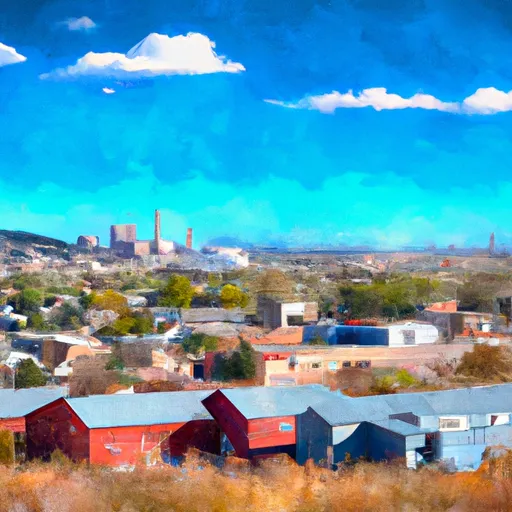°F
°F
mph
Windspeed
%
Humidity











Hugo, Colorado is a small town located in Lincoln County, in the eastern part of the state. The climate in Hugo can be characterized as a semi-arid climate, with hot summers and cold winters. The town experiences low precipitation levels, averaging around 15 inches of rainfall per year, and snowfall is also relatively low.
Hydrologically, Hugo relies on groundwater as its main water source. The constituents of the hydrology in the area include the underlying aquifers, such as the Denver and Arapahoe aquifers, which provide water to the town and surrounding areas.
In terms of outdoor recreation opportunities, Hugo offers various options for nature enthusiasts. The area is known for its wide-open spaces, making it ideal for hiking, biking, and camping. The nearby Hugo Reservoir provides opportunities for fishing and boating, with species like walleye, catfish, and bass being popular among anglers. Hunting is also a popular activity in the region, with deer, antelope, and pheasant being common game species.
Overall, Hugo, Colorado offers a semi-arid climate, relies on groundwater for its water supply, and provides outdoor enthusiasts with opportunities for hiking, fishing, hunting, and other recreational activities.
Weather Forecast
Hugo receives approximately 378mm of rain per year, with humidity levels near 72% and air temperatures averaging around 10°C. Hugo has a plant hardyness factor of 5, meaning plants and agriculture in this region thrive during a short period during spring and early summer. Most plants will die off during the colder winter months.
Regional Streamflow Levels
21
Cubic Feet Per Second
12
Cubic Feet Per Second
591
Cubic Feet Per Second
480
Cubic Feet Per Second
Nearby Camping
| Camping Area | Reservations | Toilets | Showers |
|---|---|---|---|
| Hugo City Park |



